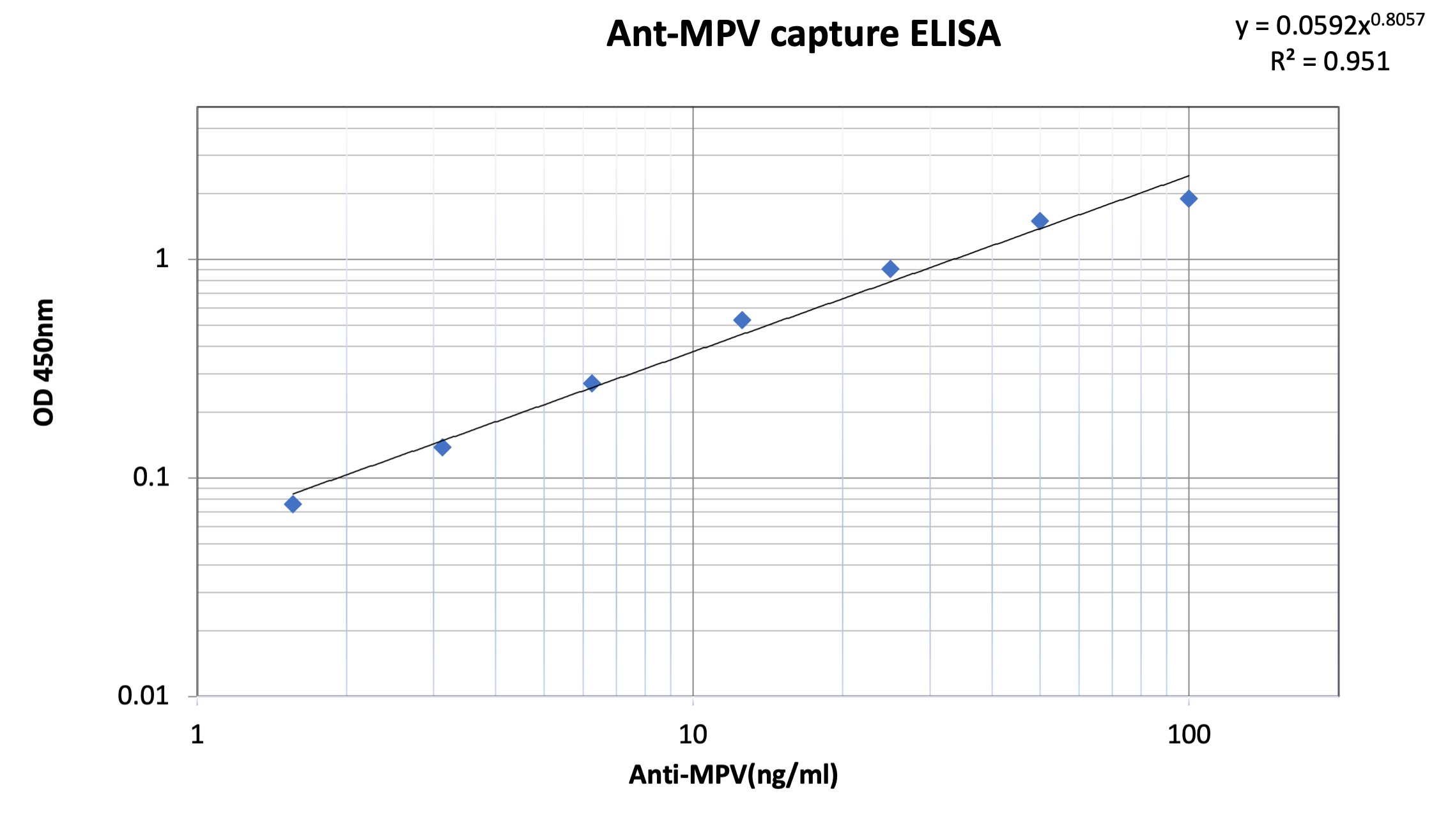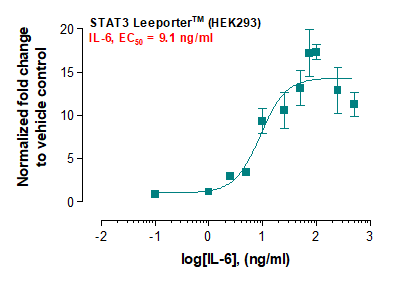Recombinant human CD138 protein with C-terminal human Fc and 6×His tag
Shipping Info:
For estimated delivery dates, please contact us at [email protected]
| Amount : | 50 µg |
| Purification : | The purity of the protein is greater than 95% as determined by SDS-PAGE and Coomassie blue staining. |
| Content : | Lyophilized from sterile PBS, pH 7.4. Normally 5 % - 8 % trehalose is added as protectants before lyophilization. |
| Storage condition : | Store at -80°C for 12 months (Avoid repeated freezing and thawing) |
| Alternative Name : | SDC1, Syndecan-1, CD138, SYND1, SDC |
Expression Host : HEK293
The protein has a predicted molecular mass of 50.8 kDa after removal of the signal peptide. The apparent molecular mass of CD138-hFc-His is approximately 70-100 kDa due to glycosylation.
Syndecan-1 (SYND1 or SDC1) is also known as CD antigen CD138, is a transmembrane (type I) heparan sulfate proteoglycan and is a member of the syndecan proteoglycan family. The syndecans mediate cell binding, cell signaling, and cytoskeletal organization and syndecan receptors are required for internalization of the HIV-1 tat protein. The syndecan-1 / SDC1 protein functions as an integral membrane protein and participates in cell proliferation, cell migration and cell-matrix interactions via its receptor for extracellular matrix proteins. It is a useful marker for plasma cells, but only if the cells tested are already known to be derived from blood.
The protein has a predicted molecular mass of 50.8 kDa after removal of the signal peptide. The apparent molecular mass of CD138-hFc-His is approximately 70-100 kDa due to glycosylation.
Syndecan-1 (SYND1 or SDC1) is also known as CD antigen CD138, is a transmembrane (type I) heparan sulfate proteoglycan and is a member of the syndecan proteoglycan family. The syndecans mediate cell binding, cell signaling, and cytoskeletal organization and syndecan receptors are required for internalization of the HIV-1 tat protein. The syndecan-1 / SDC1 protein functions as an integral membrane protein and participates in cell proliferation, cell migration and cell-matrix interactions via its receptor for extracellular matrix proteins. It is a useful marker for plasma cells, but only if the cells tested are already known to be derived from blood.
|
There are currently no product reviews
|



















.png)













